Understanding Digital Rights:
What It Means for the Everyday Person
Have you ever had a conversation with a friend and a few hours later, while scrolling on your phone, come across an advertisement or a video on the exact same topic? Are our electronic devices being used to spy on us?
In the 21st century, “digital rights” has become increasingly significant as our lives intertwine more closely with digital technologies. Digital rights refer to the entitlements and freedoms related to privacy, information, expression, and access within the digital environment. As we navigate through a landscape marked by rapid technological advancements, understanding these rights is crucial for protecting our liberties and participating effectively in digital society.
In recent years, the status of digital rights in Zambia has been mixed, reflecting both progress and challenges. Zambia’s policymakers have made strides in improving internet access across the country, yet issues related to digital rights, particularly around freedom of expression and privacy, remain concerns.
Additionally, concerns about surveillance and data privacy persist, with critics pointing to the lack of robust legal protections for personal data. Despite these challenges, there are ongoing discussions and movements toward improving digital rights in Zambia, with civil society organisations actively advocating for better policies and protections in the digital sphere.
What are Digital Rights, and Why Should We Care?
Digital rights broadly encompass various aspects related to the use of information and communication technologies (ICT). Everyone has the right to privacy, which includes the protection of personal data and the right to have private communications. There are recorded instances of websites and social media networks selling personal information to third parties for advertising and marketing purposes. In the local Zambian context, one might receive a message confirming an ‘opt-in’ for a particular USSD service or receive marketing messages from service providers despite not having consented to one’s personal phone number being used for marketing campaigns.

In the digital context, the right to privacy means safeguarding individuals from unauthorised surveillance, data breaches, and intrusive data collection practices by state entities and private corporations. In a world of increased interconnectedness through internet access, the freedom of speech evolves into freedom of expression in the digital context. This right protects the ability to seek, receive, and impart information freely online without censorship or interference. Like freedom of speech, freedom of online expression gives users freedom from censorship by public and private entities and protections against online harassment and threats.
The advent of generative AI technology has brought with it the ongoing debate on AI ethics and data protection. In this context, we examine the artist and how their intellectual property becomes at risk as generative AI such as Midjourney and ChatGPT are taught using existing images, artwork, and text that are the intellectual property of their original creators. AI churns all these together to generate a response that is a cumulative reproduction of millions of original works, primarily used without the original owner’s consent. Data protection returns the autonomy individuals should have over their own data and intellectual property. It involves regulations and practices to ensure data is handled in a way that respects privacy and personal preferences.
Your Road to Digital Rights
For everyday individuals, digital rights shape several aspects of daily life:
- Educate Yourself on Digital Rights: Learn the basics and understand key concepts like data privacy, digital freedom, net neutrality, and cybersecurity. Being informed about your rights in the digital world helps you recognise when your rights are being compromised.
- Manage Your Digital Footprint: Regularly review and update the privacy settings on social media, apps, and devices. Using tools and browser extensions that block trackers and manage cookies can further help to reduce your digital footprint and minimise the amount of personal data that can be collected and misused by companies and malicious actors.
- Legal Measures and Licensing: Register your copyrights where possible. Officially register your work with the appropriate copyright authorities and clearly state the terms under which your work can be used. Consider using Creative Commons licences that specify how others may use your work.
- Employ Digital Rights Management Tools: Use DRM tools to control how your digital content is used and distributed. DRM tools provide technical measures to prevent unauthorised use and distribution of your artwork. Experimental software like Glaze and Nightshade can prevent unauthorised mimicry of your work by disrupting the learning models used to teach AI. Artists can limit access to high-resolution versions of their work and provide only lower-resolution or protected versions online.

Challenges and Controversies
The digital rights landscape is not without its challenges. The balance between national security and individual privacy, the tension between copyright holders and consumers, and the ongoing battle over net neutrality are pivotal issues. Moreover, the rise of artificial intelligence and machine learning introduces complex new questions about bias, discrimination, and the ethical use of digital tools.
Digital rights are fundamental to ensuring that the growth of digital technologies benefits all members of society. For the everyday person, these rights provide the framework to navigate the digital world safely, responsibly, and freely. As technology evolves, so too must our understanding and regulation of these rights to protect and enhance the freedoms of all internet users. Awareness and advocacy are essential, as digital rights, much like the technologies they relate to, are integral to the fabric of our contemporary lives.



